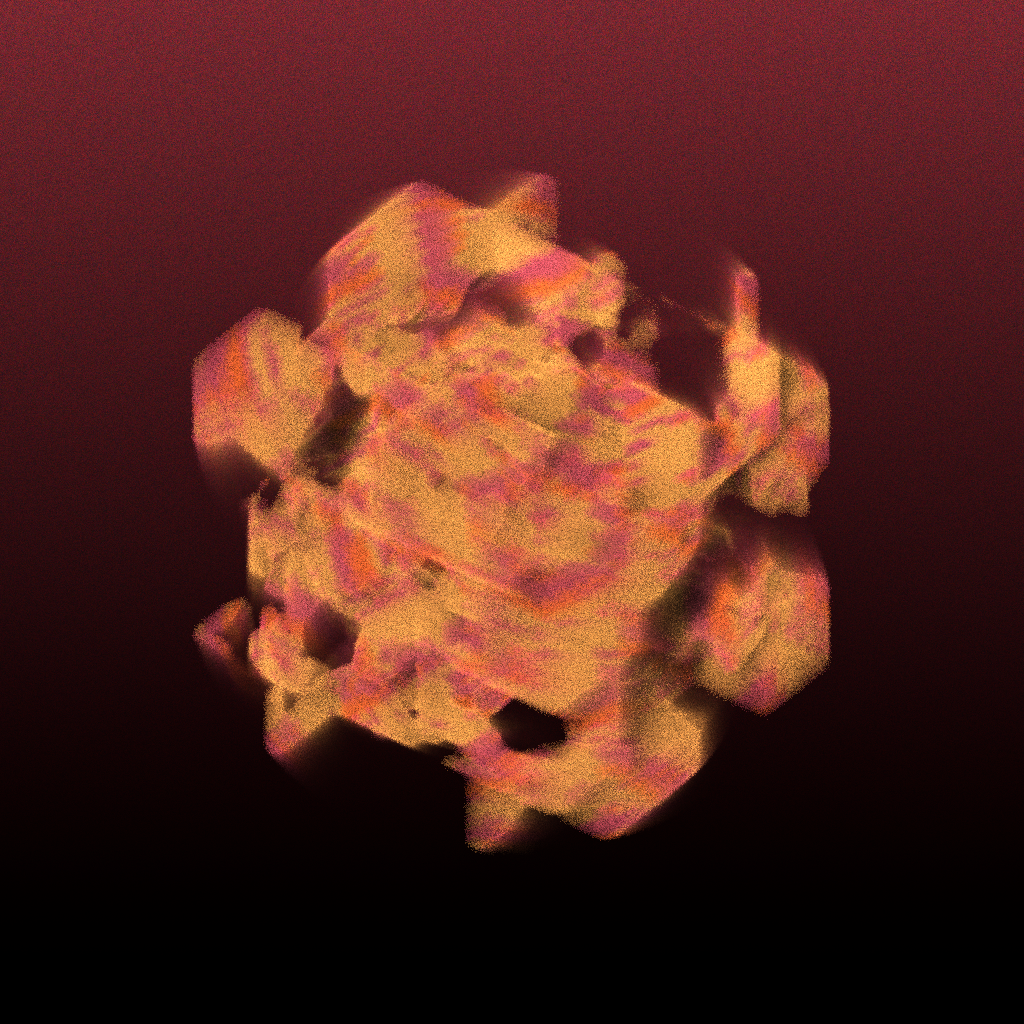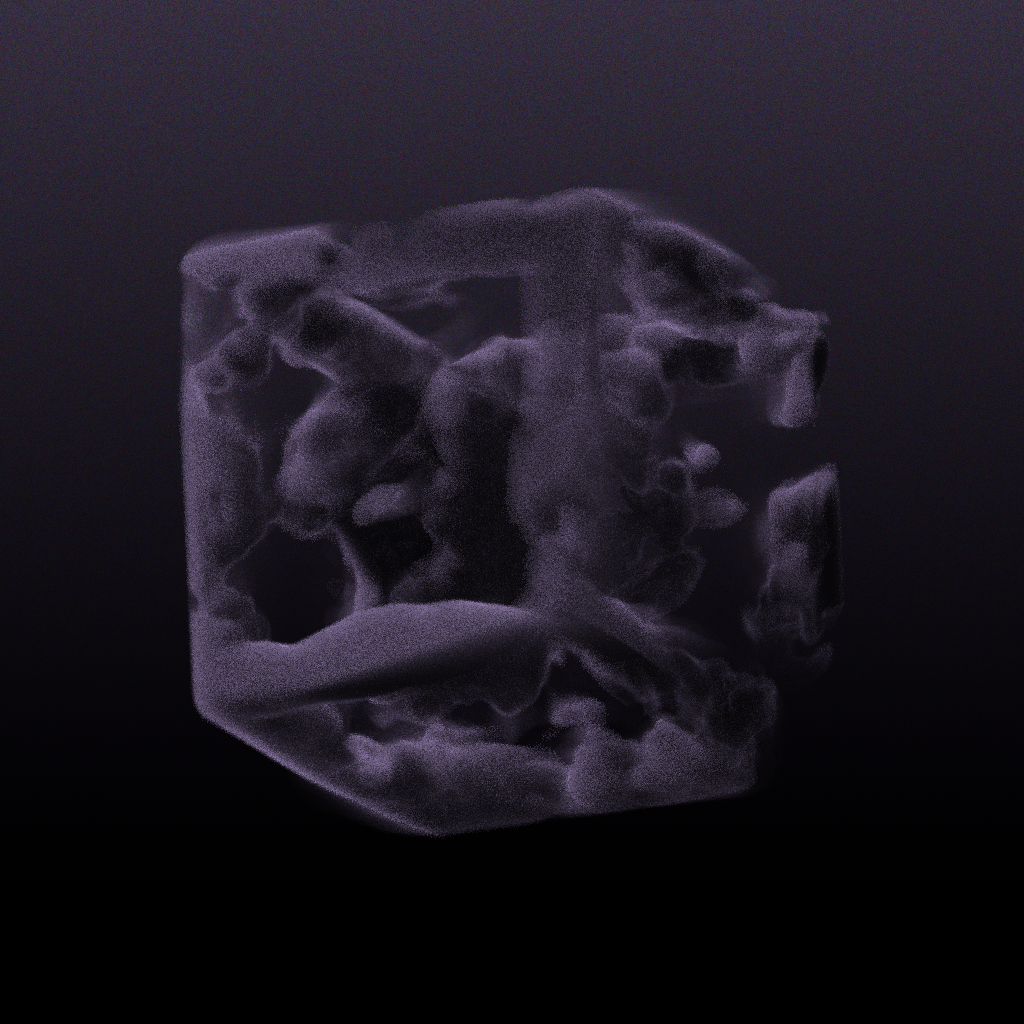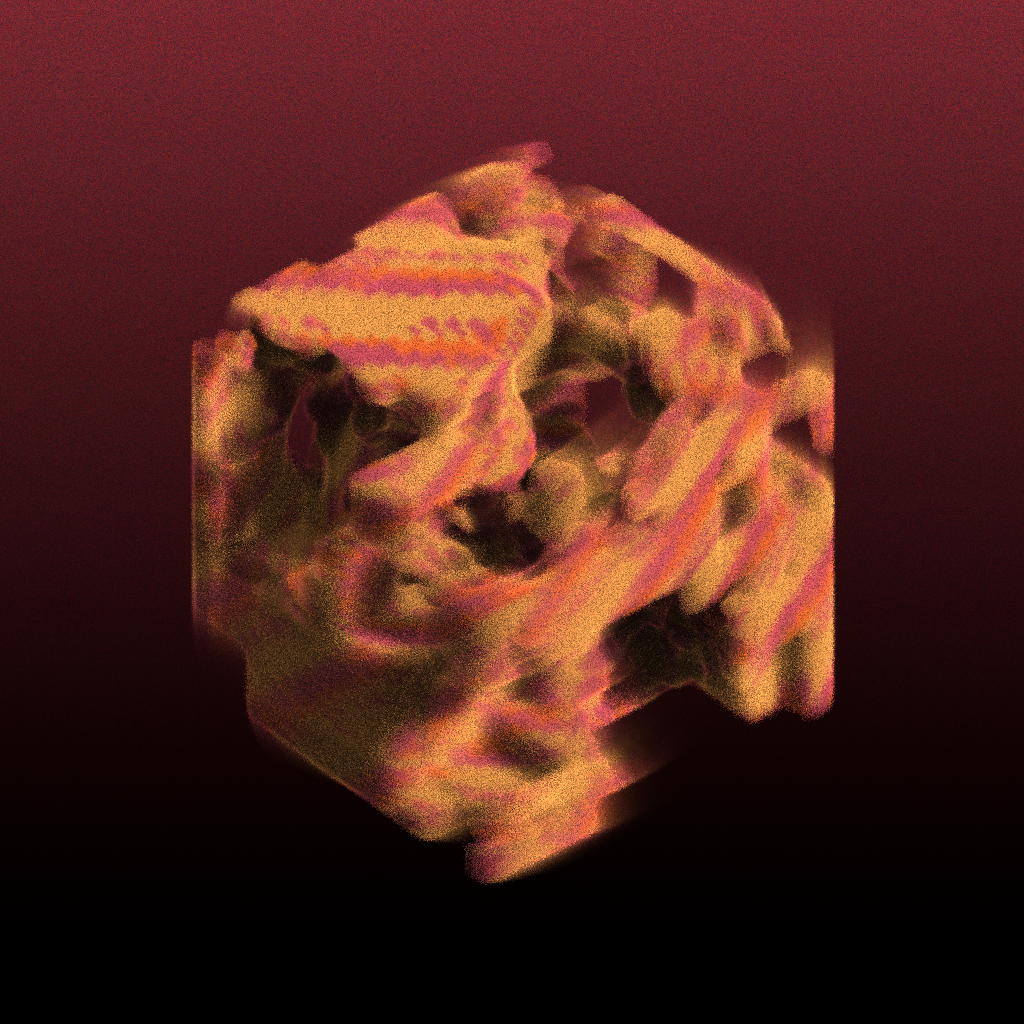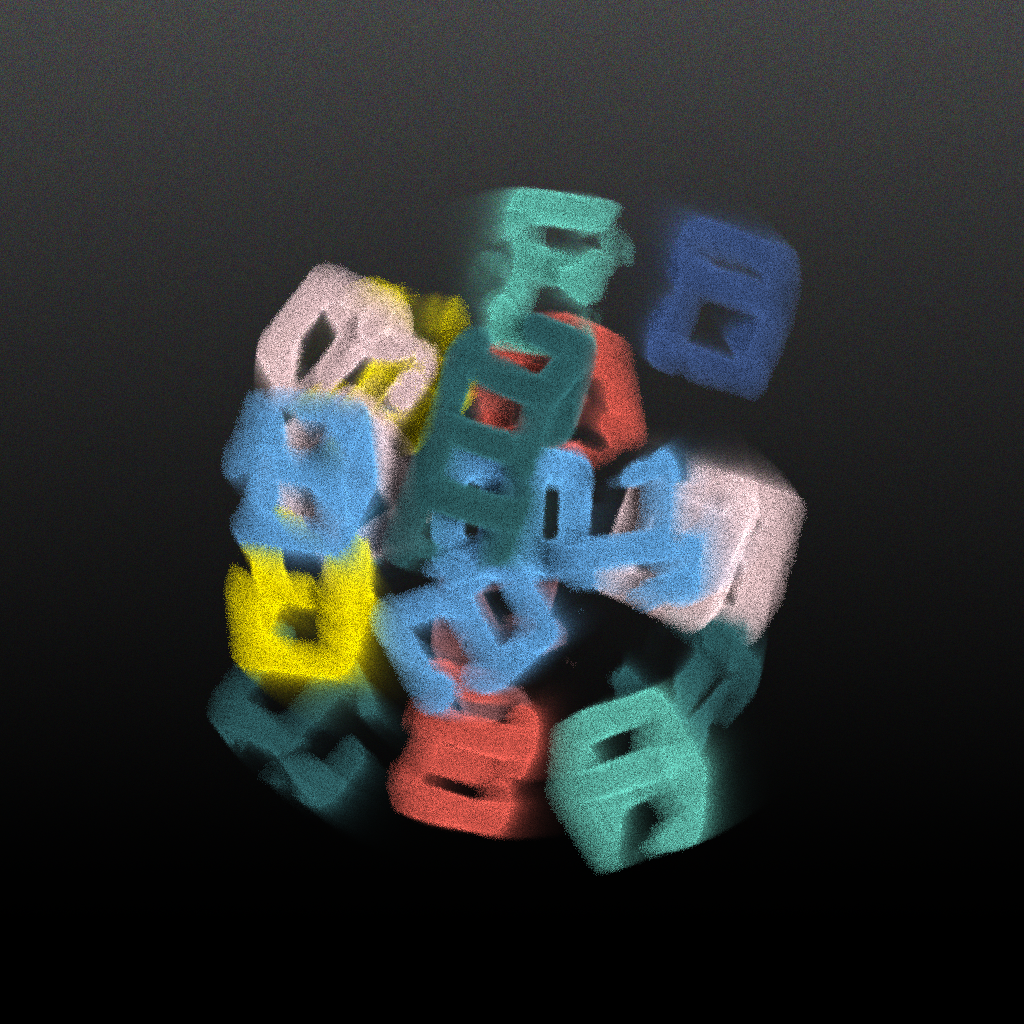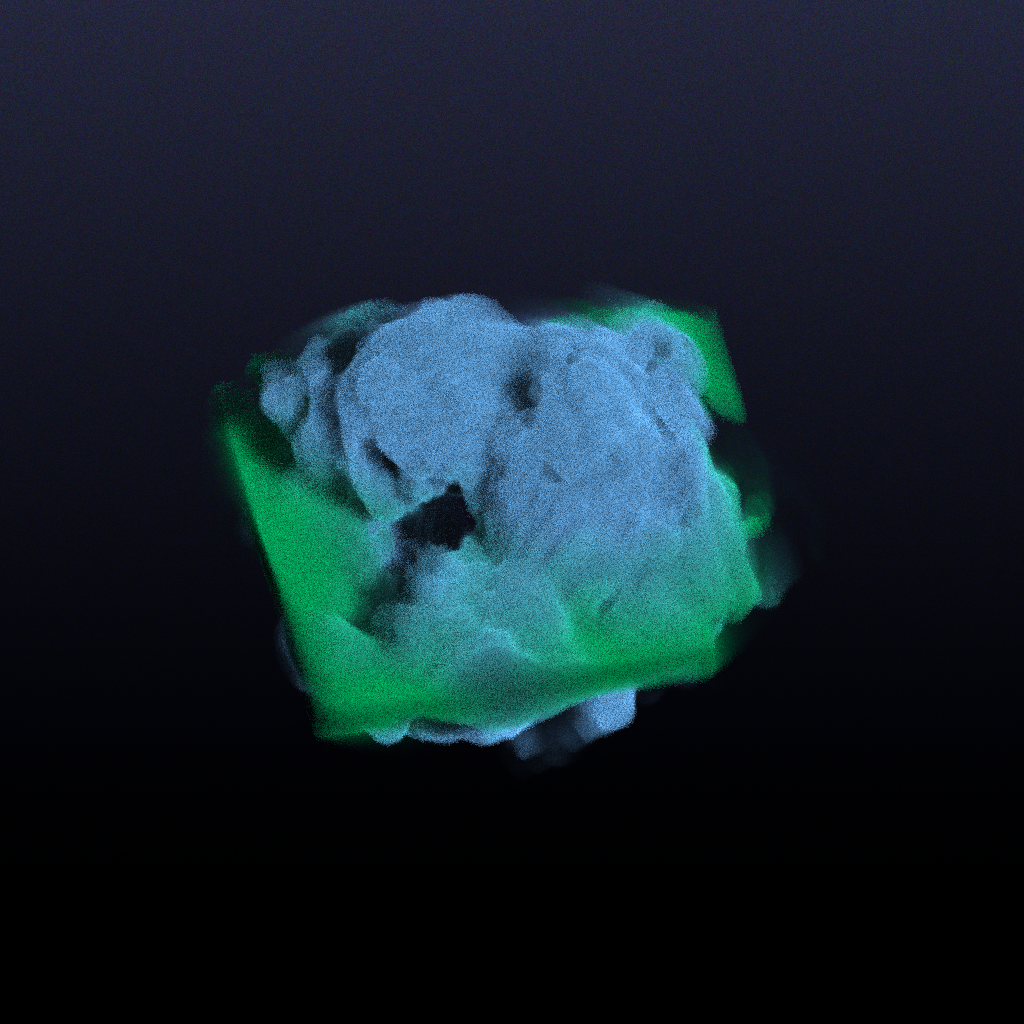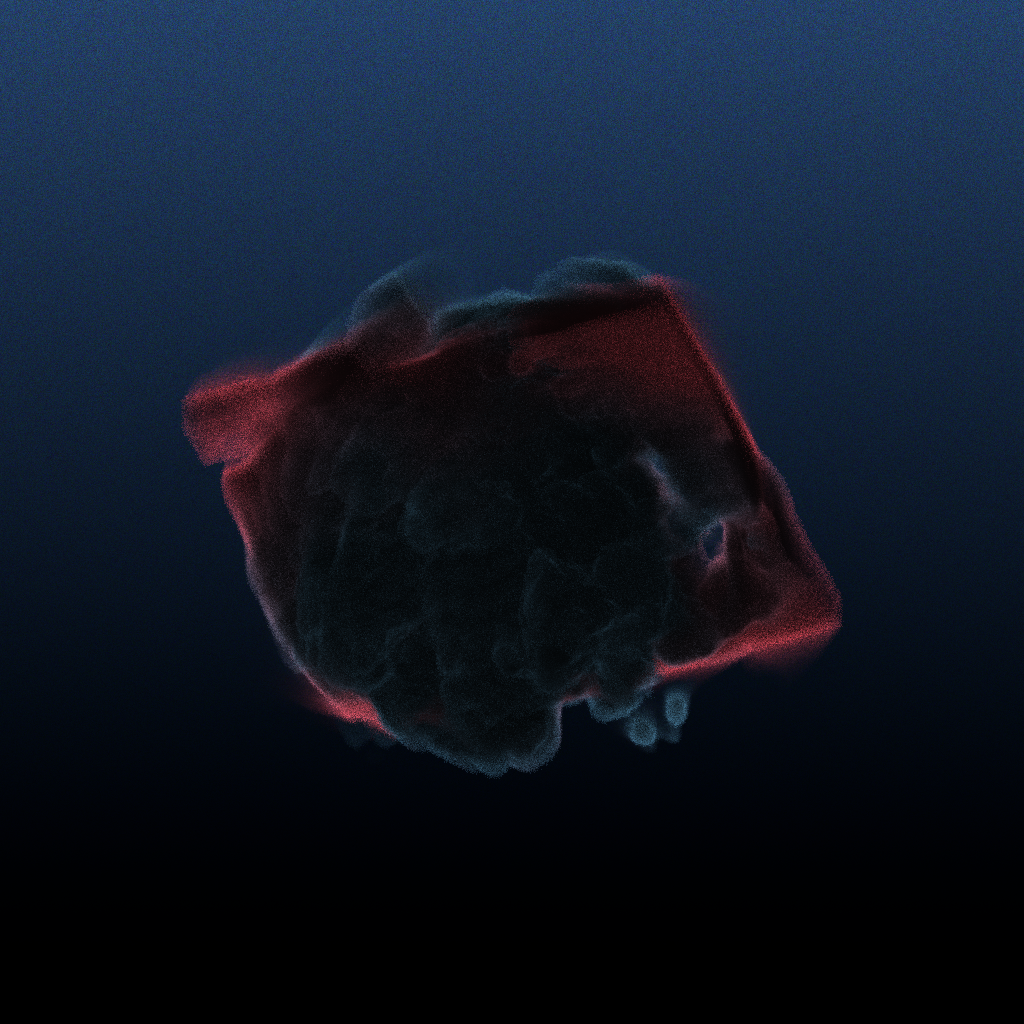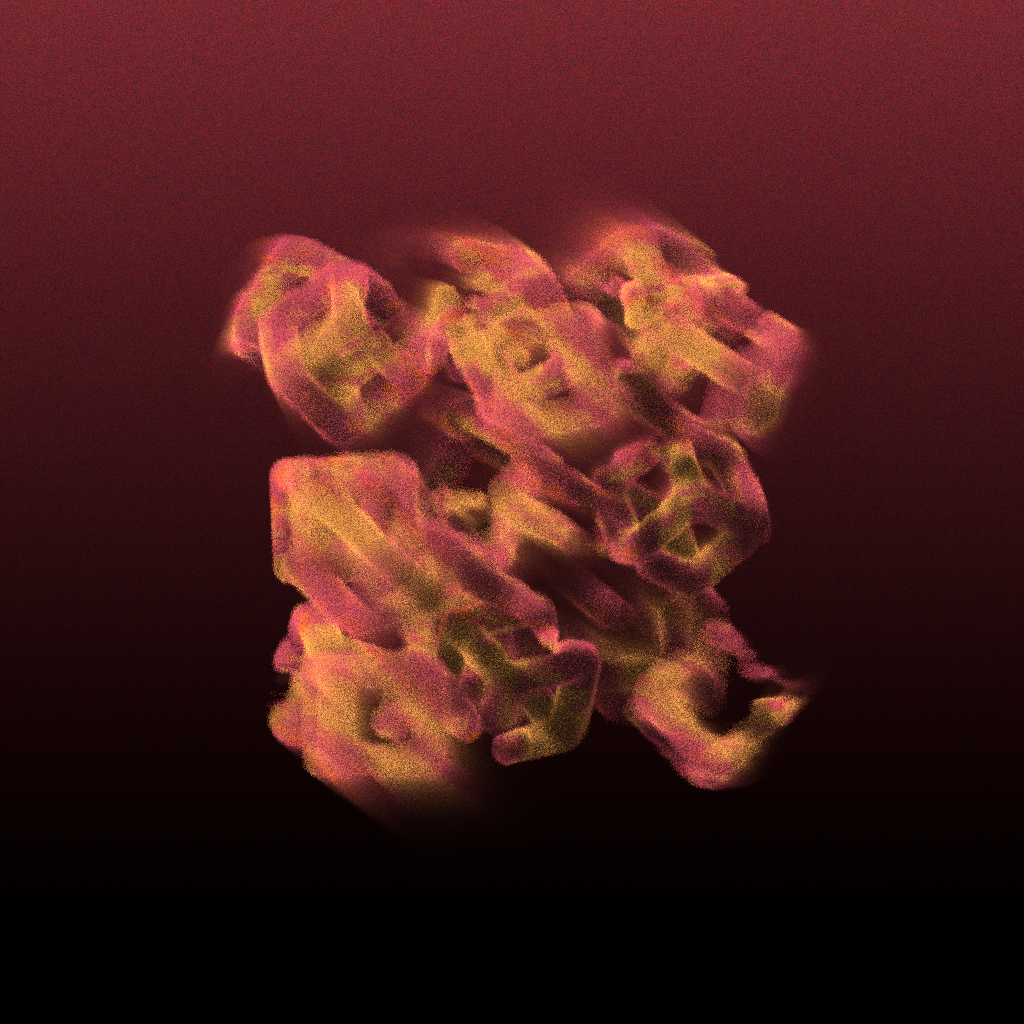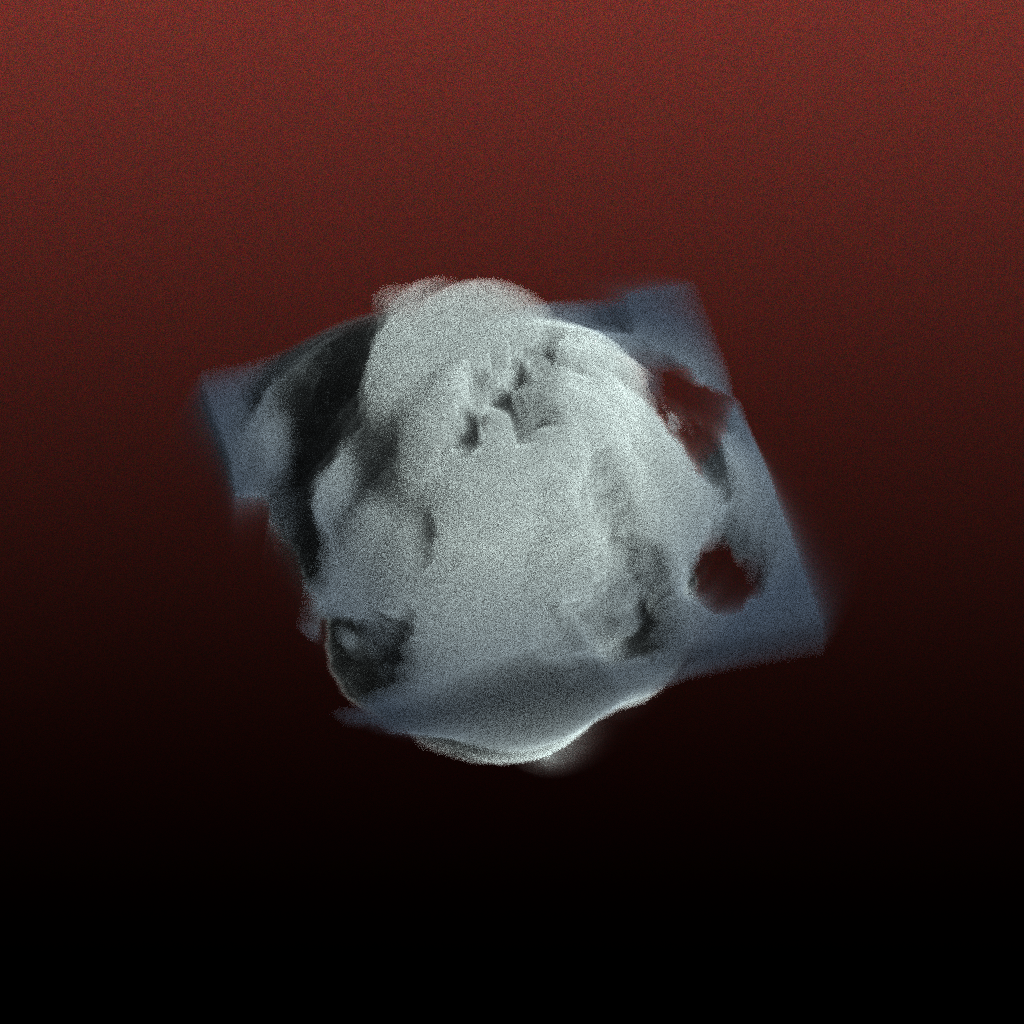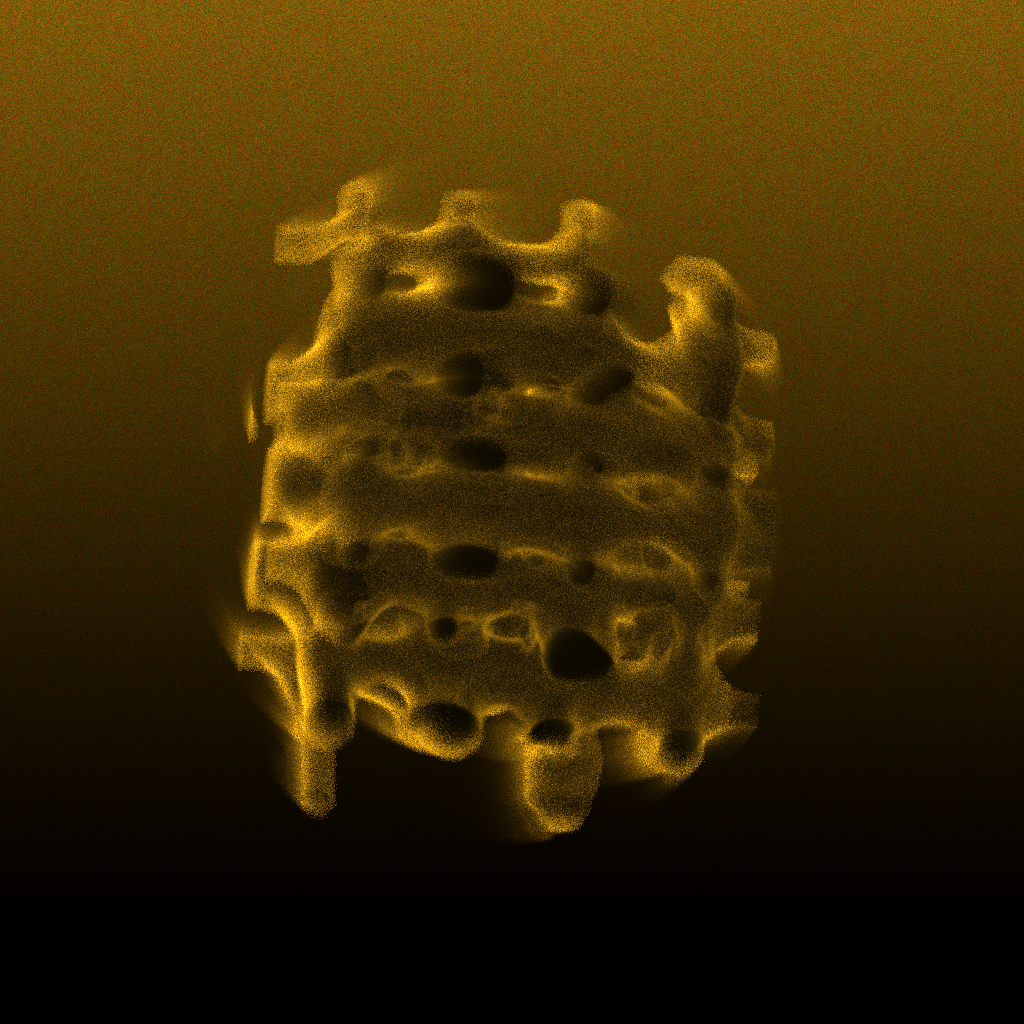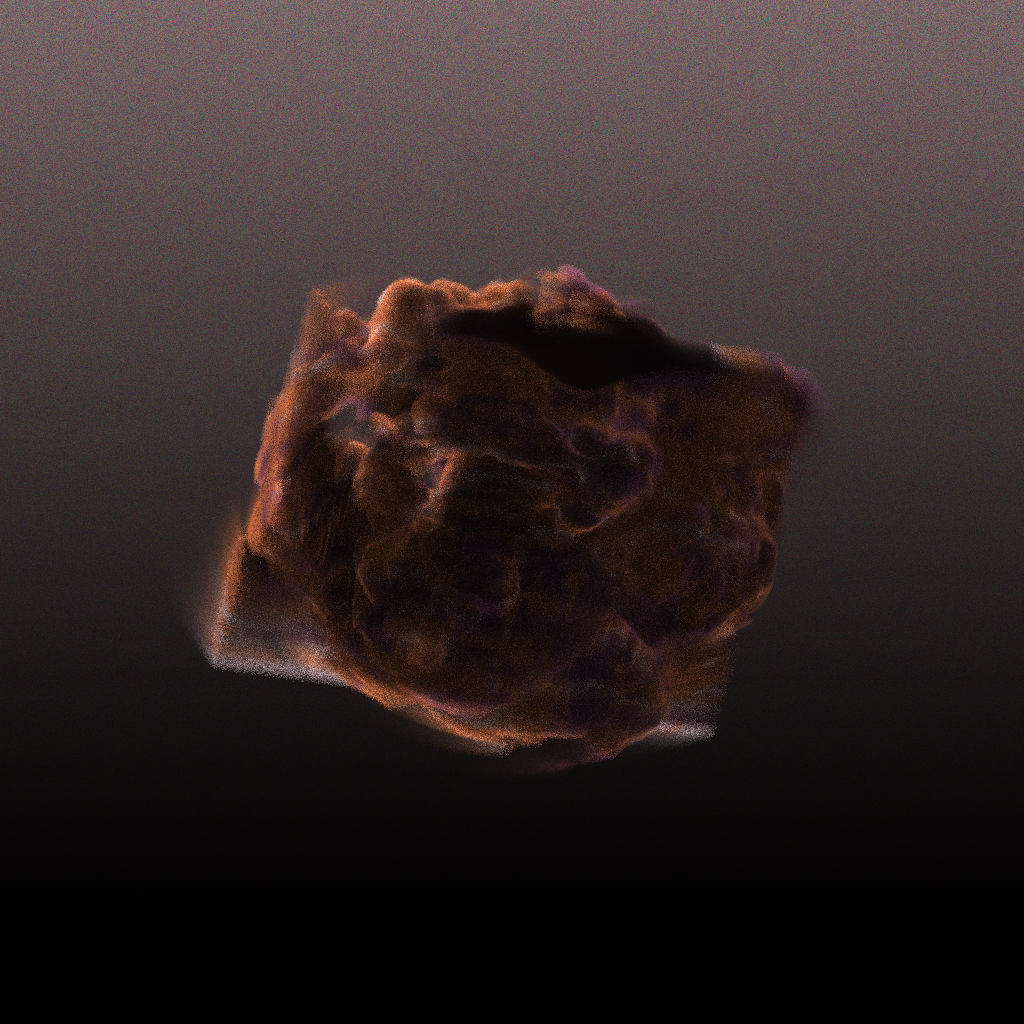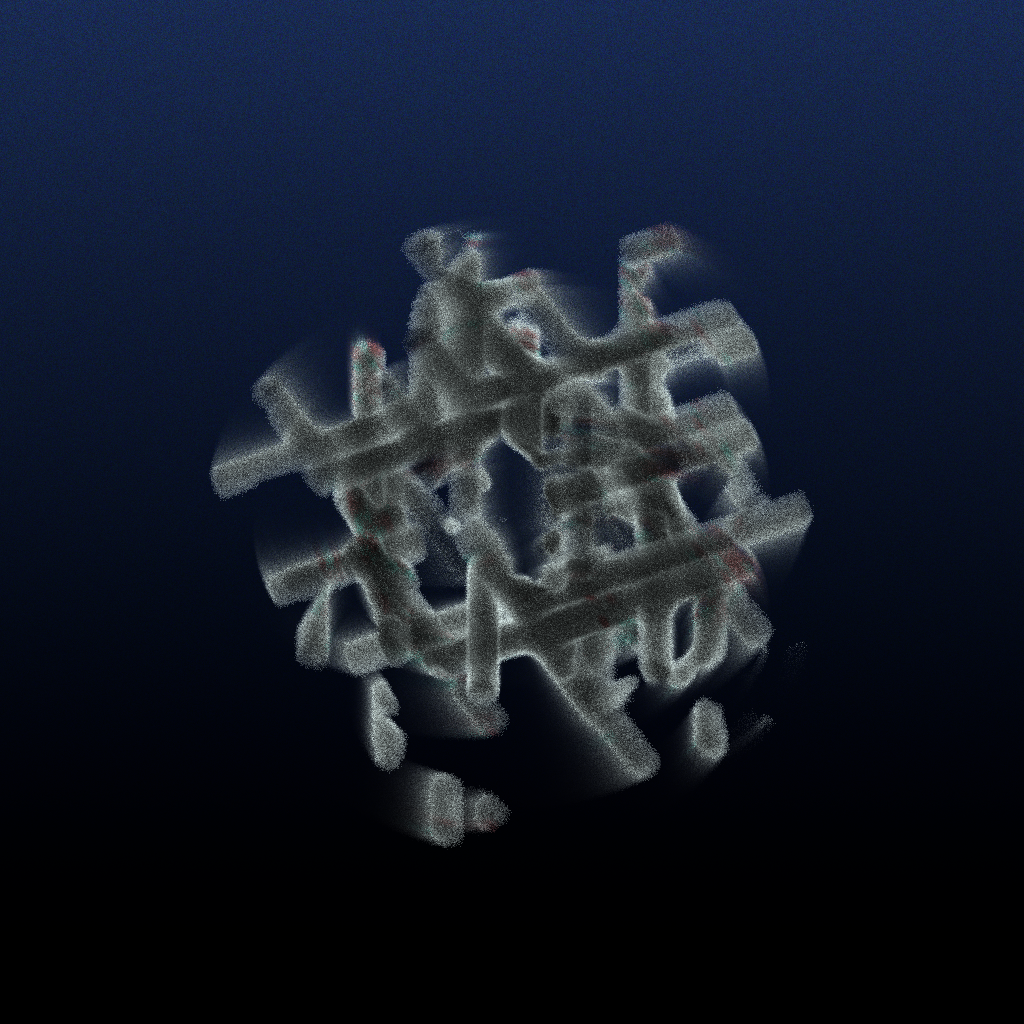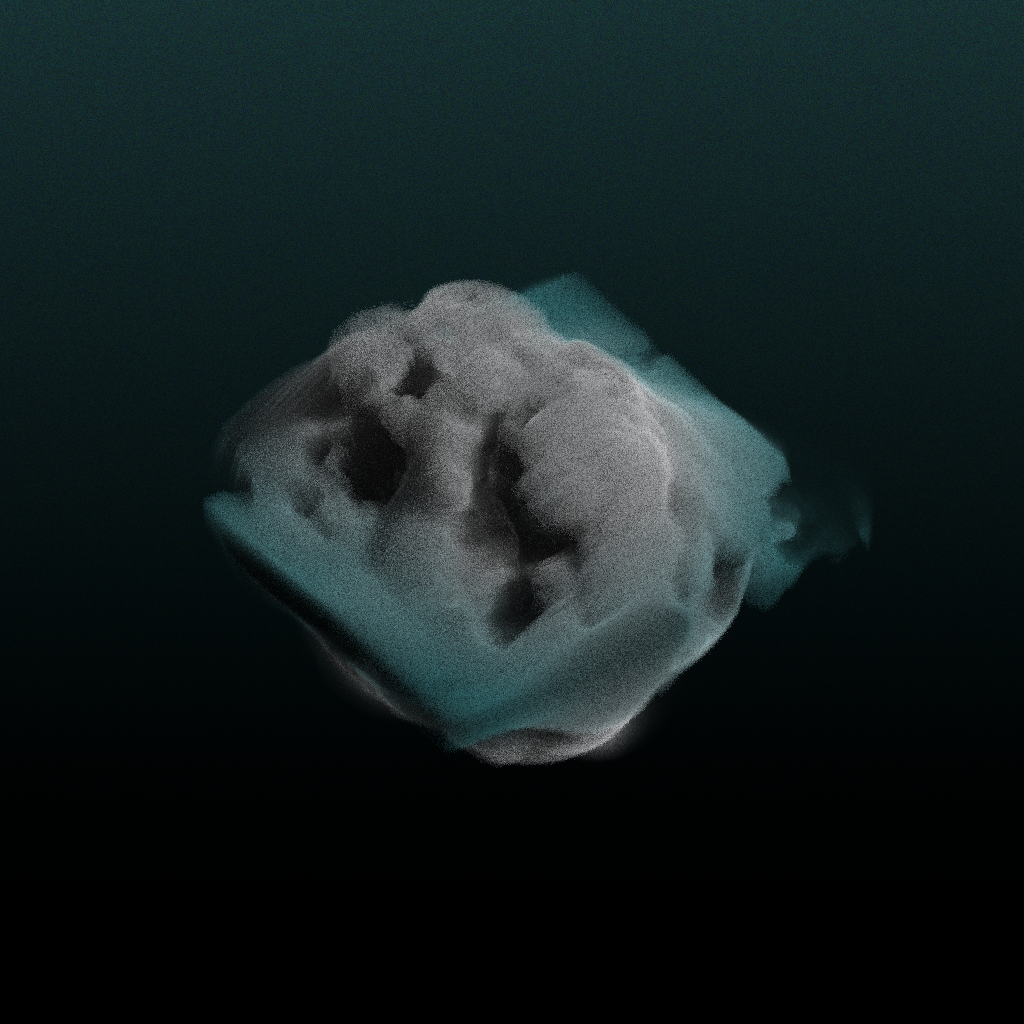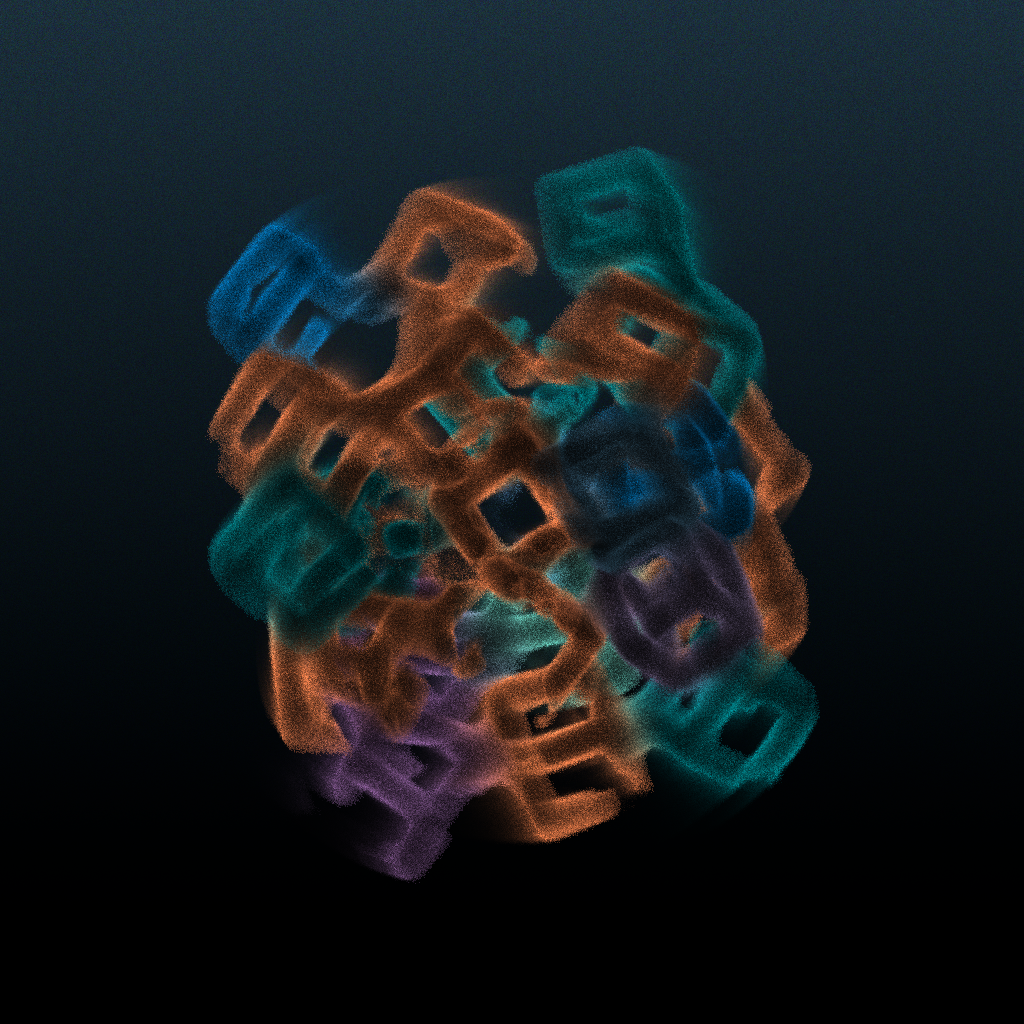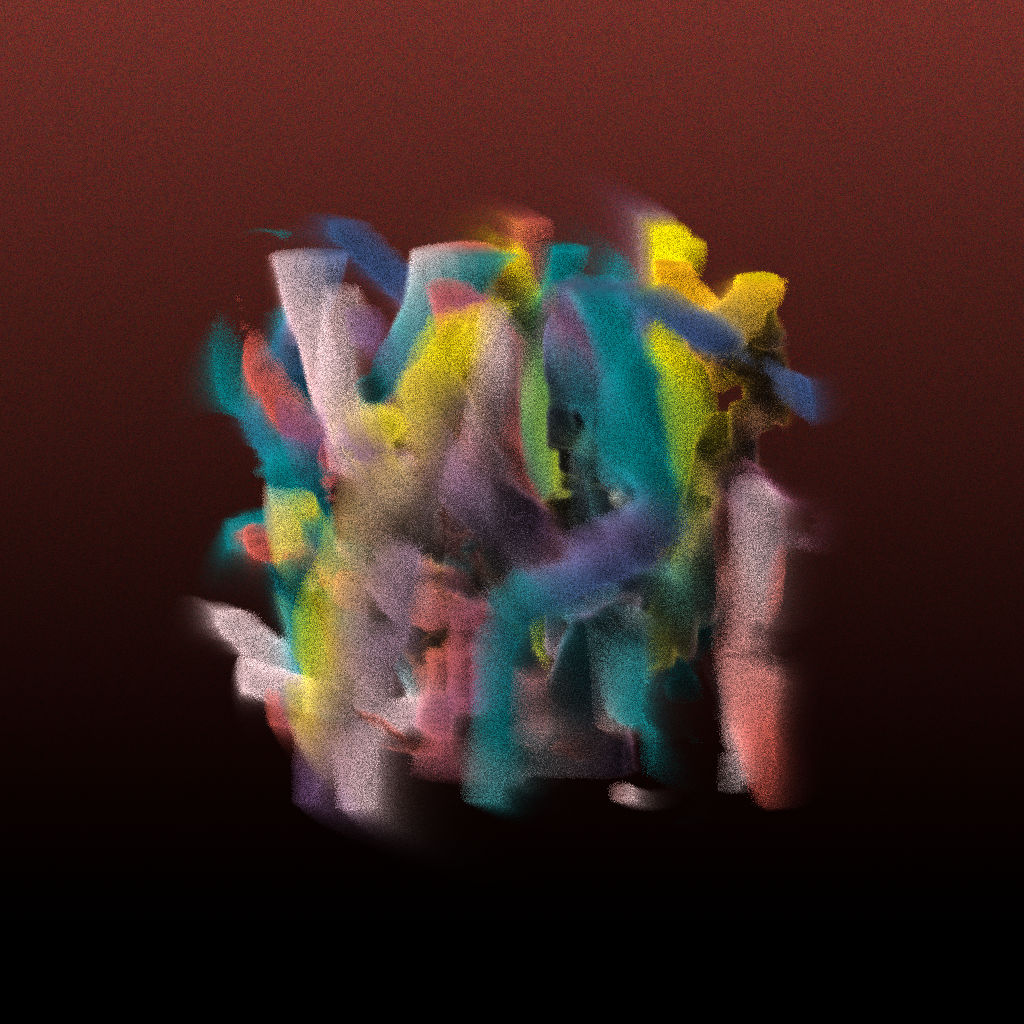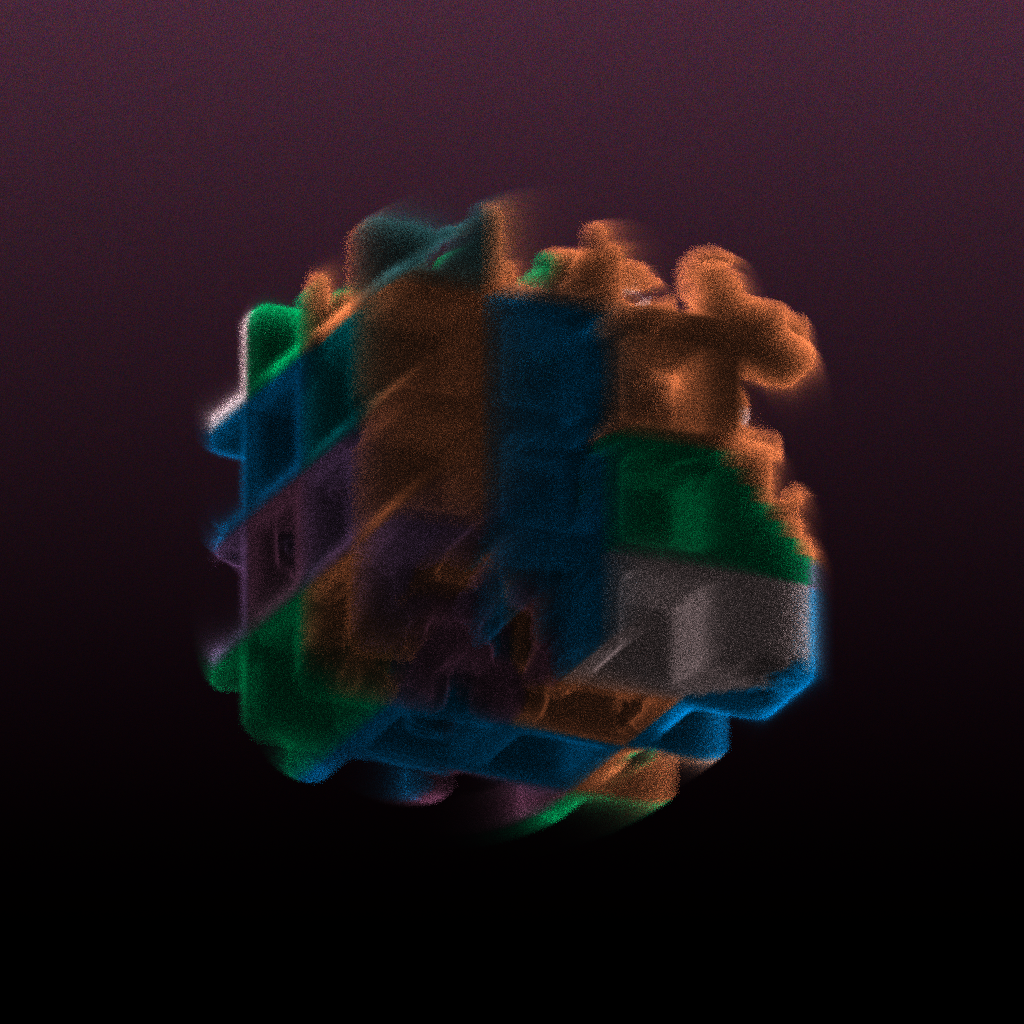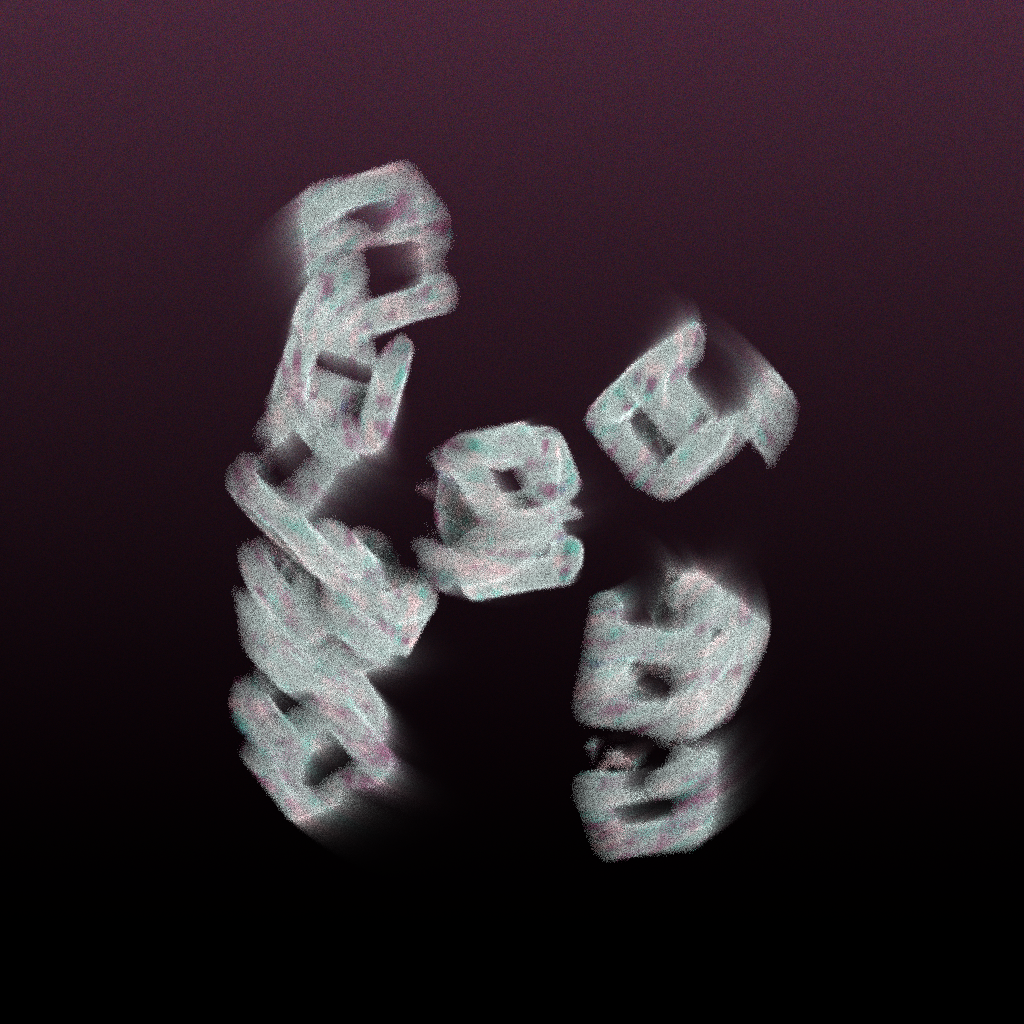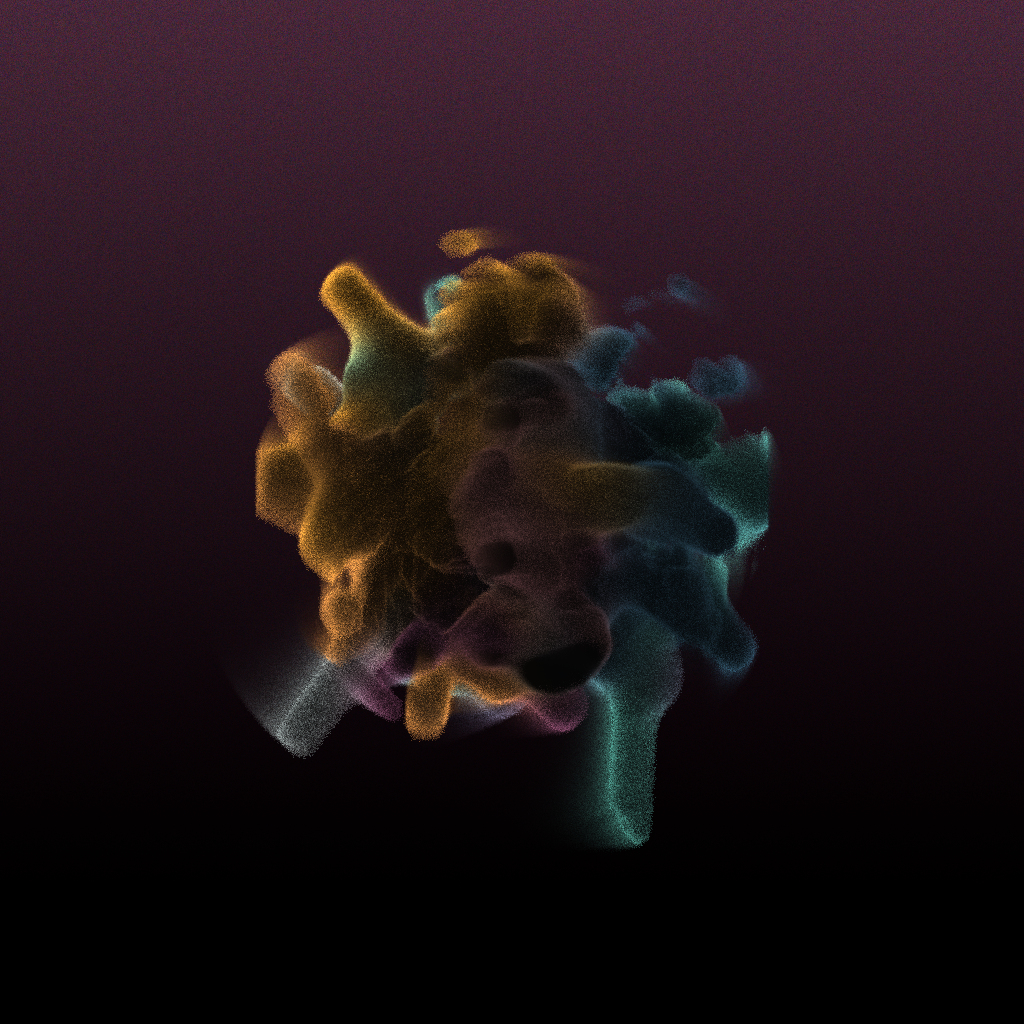price
16 TEZ126/128 minted
Project #31152
Animated
Interactive
Lightweight Deconstruction tells a story of architectural materiality with a sci-fi twist. It asks, quite literally, “what if Gottfried Semper’s Four Elements of Architecture were in fact elemental?” Taking cues from scientific visualization, the project imagines a series of laboratory-synthesized architectural elements that correspond loosely to those identified by Semper in his 1851 book. Here, “Roof,” “Mound,” “Hearth,” and “Enclosure” are represented as microscopic photographs or CT scans of ethereal assemblies, suggesting an alternative reading of these classical tropes. If materials always tell stories, we’re interested in the new kinds of stories that virtual/digital materials can tell beyond appliqués or textures.
From a technical point of view, the project explores concepts of lightness in two ways: (1) in terms of volumetric representation and (2) in terms of data size. While typical digital rendering techniques represent materials as surface images applied to geometry through a UV map, this project puts forth a volumetric approach to material visualization. Lightweight Deconstruction substitutes typical surface raytracing algorithms with a custom-built volumetric raytracing engine that renders uncanny, vaporous, lightweight volumes. The resulting software is compressed and optimized to approximately 30kb, addressing the second interest in “lightweight” assemblies: data. The small software size allows the project to be portable and accessible, concerns that are increasingly important in the era of big data.
Lightweight Deconstruction is part of an ongoing project we call "Lightweight Construction" that questions the relationship between virtual and physical materials while finding new kinships between them. It acts as a critical response to ongoing dialogues of digital models and their perceptions in design disciplines. Today, it is common to hear the virtual world described as a mirror world, and digital buildings are referred to as “digital twins.” While these may be apt ways to familiarize oneself with these mediums, they still skirt the core contradictions at play in virtual/digital space. We believe that contradictions are not hindrances but opportunities for richer forms of engagement. These projects embrace contradictions and test their limits through distinct material explorations in virtual space. Together, the projects that make up "Lightweight Construction" form a conceptual triptych that forces us to think deeper about pixels, voxels, and their narrative potentials.
Usage:
Press ‘s’ to save a screenshot.
Double-click/tap to pause and continue rendering.
Press ‘p’ to pause rotation and rendering.
Press ‘1’, ‘2’, ‘3’, ‘0’ to zoom in/out.
Disclaimer:
This project uses WebGL2 and is GPU intensive. May run slow on older computing systems. Modern GPU recommended. For best results, use a desktop PC. If experiencing slow animation, try zooming out by pressing ‘3’.
⎻ ⎻ ⎻
Part of Responsive Dreams 2024 Festival
5/6/7 September 2024 - Nau Dents de Serra, Roca Umbert Fàbrica de les Arts, Granollers, Barcelona
More info: responsivedreams.com
⎻ ⎻ ⎻
From a technical point of view, the project explores concepts of lightness in two ways: (1) in terms of volumetric representation and (2) in terms of data size. While typical digital rendering techniques represent materials as surface images applied to geometry through a UV map, this project puts forth a volumetric approach to material visualization. Lightweight Deconstruction substitutes typical surface raytracing algorithms with a custom-built volumetric raytracing engine that renders uncanny, vaporous, lightweight volumes. The resulting software is compressed and optimized to approximately 30kb, addressing the second interest in “lightweight” assemblies: data. The small software size allows the project to be portable and accessible, concerns that are increasingly important in the era of big data.
Lightweight Deconstruction is part of an ongoing project we call "Lightweight Construction" that questions the relationship between virtual and physical materials while finding new kinships between them. It acts as a critical response to ongoing dialogues of digital models and their perceptions in design disciplines. Today, it is common to hear the virtual world described as a mirror world, and digital buildings are referred to as “digital twins.” While these may be apt ways to familiarize oneself with these mediums, they still skirt the core contradictions at play in virtual/digital space. We believe that contradictions are not hindrances but opportunities for richer forms of engagement. These projects embrace contradictions and test their limits through distinct material explorations in virtual space. Together, the projects that make up "Lightweight Construction" form a conceptual triptych that forces us to think deeper about pixels, voxels, and their narrative potentials.
Usage:
Press ‘s’ to save a screenshot.
Double-click/tap to pause and continue rendering.
Press ‘p’ to pause rotation and rendering.
Press ‘1’, ‘2’, ‘3’, ‘0’ to zoom in/out.
Disclaimer:
This project uses WebGL2 and is GPU intensive. May run slow on older computing systems. Modern GPU recommended. For best results, use a desktop PC. If experiencing slow animation, try zooming out by pressing ‘3’.
⎻ ⎻ ⎻
Part of Responsive Dreams 2024 Festival
5/6/7 September 2024 - Nau Dents de Serra, Roca Umbert Fàbrica de les Arts, Granollers, Barcelona
More info: responsivedreams.com
⎻ ⎻ ⎻
Price16 TEZMinting opensSeptember 5, 2024 at 10:00(2)Royalties15.0%(2)Tags
Metadataopen in new tab (0)
architecture
rendering
clouds
deconstruction
Metadataopen in new tab (0)
Filters
Features
Listings
